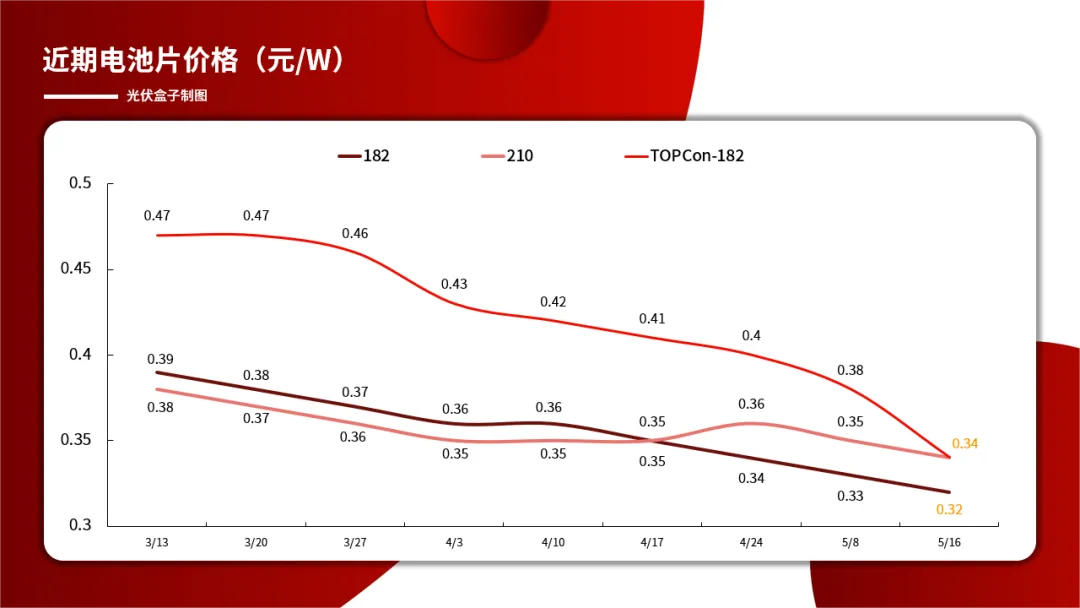solar bifacial
The Rise of Solar Bifacial Technology A Game Changer in Solar Energy
In recent years, the solar energy sector has witnessed significant advancements, one of the most notable being solar bifacial technology. This innovative approach not only enhances the efficiency of solar panels but also represents a groundbreaking shift in how we harness and utilize solar power. As the world moves toward a more sustainable future, understanding the benefits and implications of solar bifacial technology is crucial.
What is Solar Bifacial Technology?
Solar bifacial panels are unique in that they can capture sunlight from both sides of the panel. Traditional solar panels are monofacial, meaning they only utilize sunlight received on the front surface. Bifacial panels, however, harness solar energy from both the front and rear, allowing them to maximize energy generation. This two-sided capture occurs because some sunlight reflects off the ground or nearby surfaces and back onto the back side of the solar panel.
The efficiency of bifacial solar panels can be significantly higher than that of traditional panels, often by 10-20%. This increased efficiency results from a combination of factors, including the reflective properties of the surfaces underneath the panels, known as albedo. For example, installations on bright, reflective surfaces, such as white rooftops or sandy terrain, see greater performance enhancements due to the amount of sunlight that is reflected back onto the panels.
Benefits of Solar Bifacial Technology
1. Increased Energy Output The most compelling benefit of bifacial technology is its ability to generate more electricity than monofacial panels. By harnessing sunlight from both sides, these panels can provide a higher total energy yield, which translates to better performance and more energy savings over time.
2. Reduced Land Requirements Due to their enhanced efficiency, bifacial solar panels allow for higher energy generation from a smaller footprint. This is particularly advantageous in regions where land is scarce or expensive, enabling developers to make the most out of limited space.
3. Durability and Lifespan Bifacial panels tend to be built with durability in mind. They often feature glass-on-glass designs, which not only enhance aesthetics but also improve longevity and resistance to environmental factors. This added durability can lead to longer operational lifespans, thereby reducing the overall cost of ownership.
solar bifacial

4. Versatility in Installation Bifacial panels can be installed in various configurations, including on-the-ground and rooftop applications. Their versatility makes them suitable for different environments, from residential buildings to large-scale solar farms.
5. Sustainability As the world grapples with climate change and faces the urgent need for renewable energy, bifacial technology epitomizes a practical step towards a more sustainable future. By improving the efficiency of solar installations, we can reduce reliance on fossil fuels and further the transition to green energy.
Challenges and Considerations
While solar bifacial technology presents numerous advantages, it is not without challenges. The installation process requires more careful planning and engineering to maximize the albedo effect and ensure optimal energy capture. Additionally, the initial investment for bifacial technology may be higher than traditional systems, although the long-term savings often justify the upfront costs.
Moreover, the technology’s performance can vary significantly based on environmental factors, including the geographic location and the type of surface beneath the panels. Thus, careful site assessment is crucial for optimizing the benefits of bifacial panels.
The Future of Solar Bifacial Technology
As advancements in solar technology continue to evolve, the adoption of bifacial panels is expected to rise. With ongoing improvements in materials and manufacturing processes, we can anticipate even greater efficiencies and cost reductions. Policymakers and investors are increasingly recognizing the potential of bifacial technology as part of a broader strategy to combat climate change.
In conclusion, solar bifacial technology represents a significant advancement in the solar energy field. Its ability to generate more energy, coupled with its sustainability and versatility, positions it as a promising solution for our energy needs. As the world shifts toward renewable energy, bifacial panels could play a pivotal role in shaping a greener, more sustainable future.
-
Unlocking Energy Freedom with the Off Grid Solar InverterNewsJun.06,2025
-
Unlock More Solar Power with a High-Efficiency Bifacial Solar PanelNewsJun.06,2025
-
Power Your Future with High-Efficiency Monocrystalline Solar PanelsNewsJun.06,2025
-
Next-Gen Solar Power Starts with Micro Solar InvertersNewsJun.06,2025
-
Harnessing Peak Efficiency with the On Grid Solar InverterNewsJun.06,2025
-
Discover Unmatched Efficiency with the Latest String Solar InverterNewsJun.06,2025







